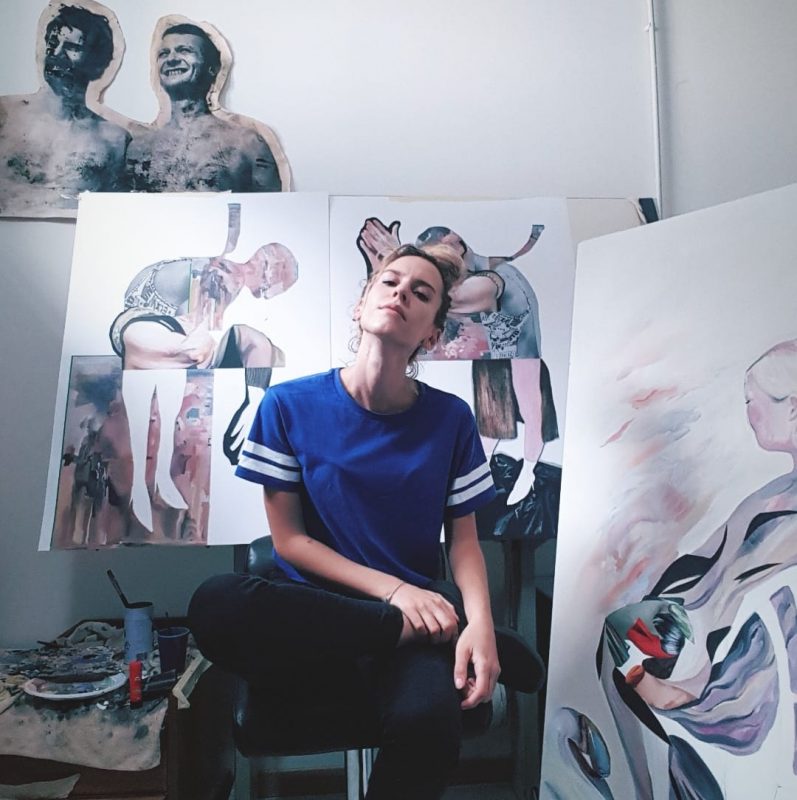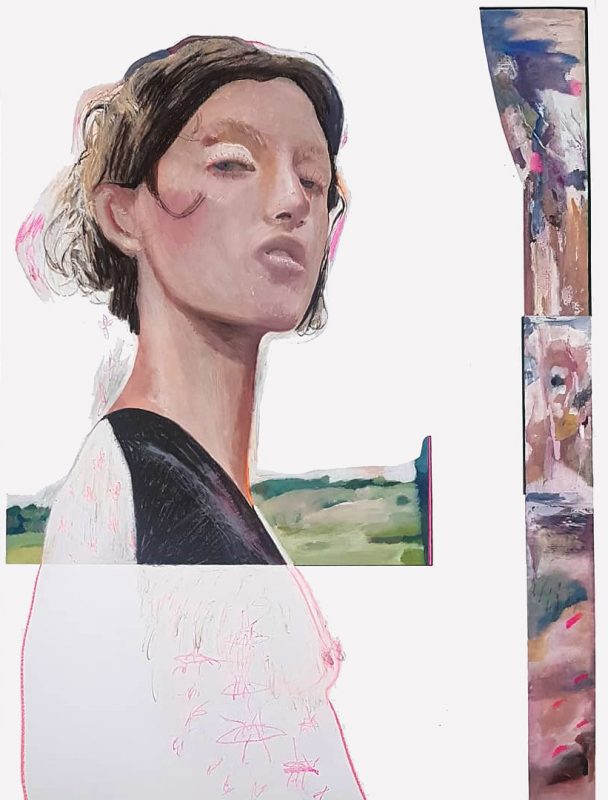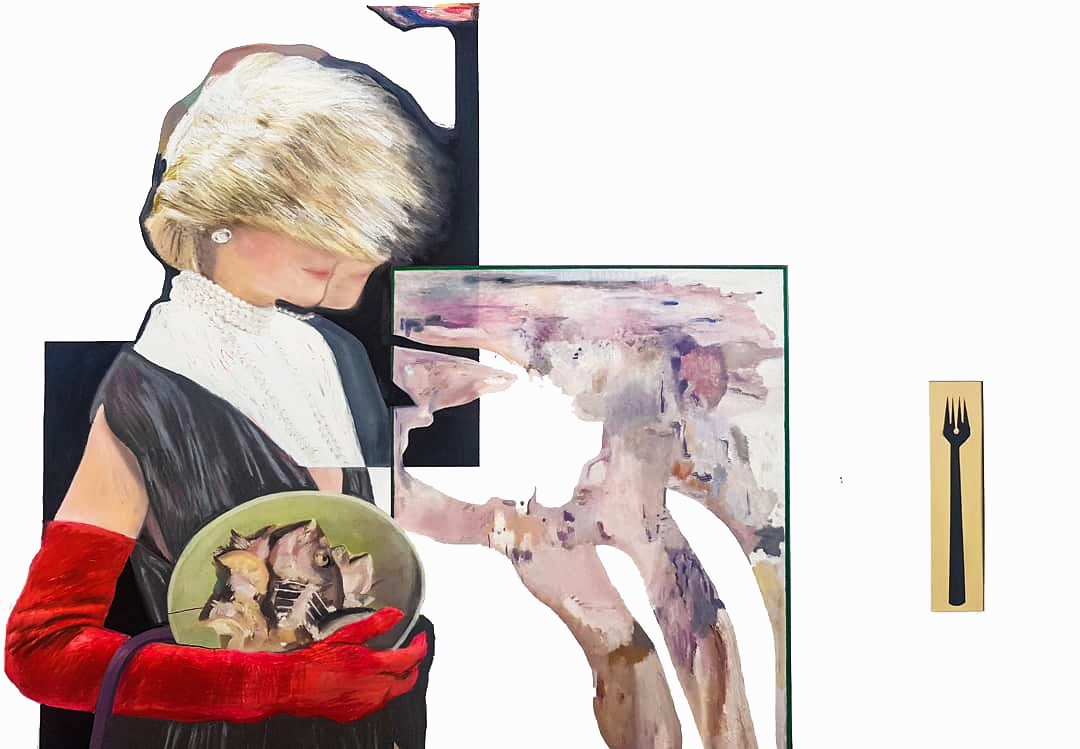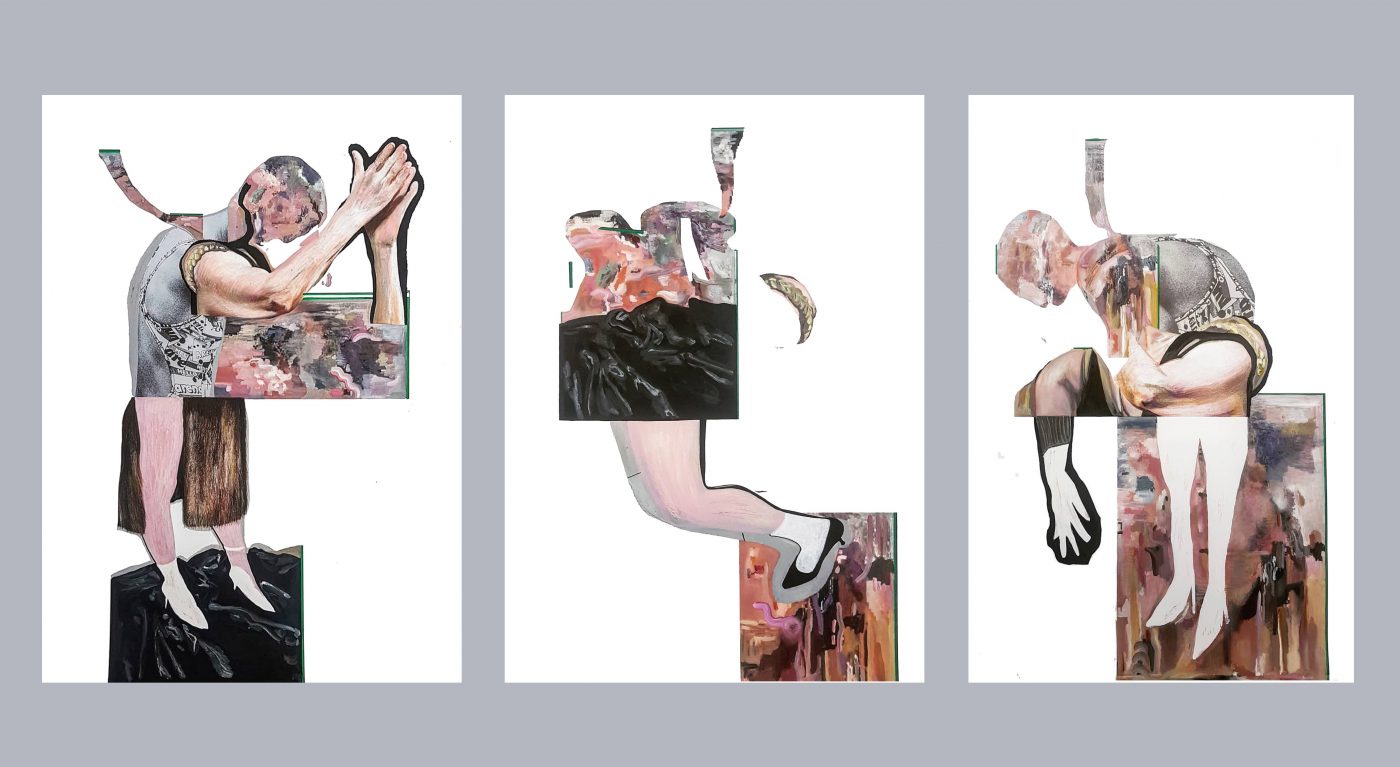- Where do you live, where have you lived, and where would you like to live?
I live in Cantù, a town famous for furniture and crafts in the province of Como surrounded by greenery, mountains and lakes. I have been to Paris several times and I must say that it is a city I would like to live in perhaps someday, but Italy has something special for me. I have never felt the need to leave the place where I was born or felt a sense of dissatisfaction attached to it. I am convinced that in a handkerchief of land one can have and find what is necessary to nurture one's destiny.
- What do you think is the most significant artwork of the past 20 years and why?
I don't think there are significant works in absolute terms, precisely because of the subjective nature attached to art. Instead, I think there are works that can communicate to the audience more than others. Ai Weiwei's installation "The law of the journey" struck me deeply. I was lucky enough to see it live at the National Gallery in Prague. in 2017, I was astonished. I considered it significant because it comes out of the commercial logic and "gimmicks for effect" that are so fashionable today; moreover, the artist openly takes the side of refugees and denounces their conditions. It is not so much the social aspect that struck me as the grandeur, grandeur and elegance, the extraordinary communicative power linked to a simple and direct aesthetic, the poor materials such as rubber, the faceless refugees and this invisible sea where the audience walks unsuspectingly without realizing that they are at the bottom of the sea.
- Which three emerging artists do you think are currently the most interesting?
Italian Nicola Samorì, American Tschbalala Self and Romanian Adrian Ghenie.
- What are your critical reference texts?
The critical texts that have inspired, supported my research are those of Gilles Deluze, David Sylvester's The Interviews with Francis Bacon, Didi-Huberman's essays, "Being and Nothingness" by J.P Sartre and the essays of Susan Sontag. I love to expand my research with readings of different kinds: essays in psychology, books of poetry, novels.
- Where and how do you work? Do you need certain conditions to enter the creative process?
My studio is located in Carugo and occupies what was once the former workshop of my paternal great-grandfather. Every time I set foot in the studio, I can't help but think of this bond that continues to unite us years later. The carpenter's table I inherited reminds me of where I came from. To create anything I need to have something to say, to want to communicate or stage. Solitude is the fundamental condition that allows me to externalize what I have inside. I love to lock myself in the studio during the creative process and I tend to never show "outsiders" anything that is unfinished or of which I am not fully convinced. I am very jealous of the creative process and aware of how easy it can be to destroy or undermine it. I design my works mentally, every day my brain stores thousands and thousands of images that it then translates into mental collages. When I take action I have to be in a special psychophysical condition, I have to feel that I am ready. I experience periods of great productivity that alternate with periods of detachment and rejection. Making art has always been a necessity for me and as in so many things I need to miss it in order to continue to give, to what I do, the same value years later.
- Do you work instinctively or do you plan your works in advance?
The way I work has always been marked by careful planning that goes hand in hand with the stimuli I receive every day: books, people, travel, events. Lately, however, I have been trying to leave more room for the more instinctual and experimental side, which I think is a fundamental part of an artist's work: I plan less and get carried away. It's important to make ugly works, it's part of the creative process, sometimes it can happen that from trial and error you are pleasantly surprised; and that's where the breakthrough begins. I am convinced that the work of art is the result of a sum of fortuitous cases.
- What role does the invisible play in your production?
The invisible in my production coincides with the "symbol" and is everything that can be perceived, intuited but not "written." I show but do not tell, the levels of reading are multiple the symbolic, iconographic references are sometimes openly declared, others barely hinted at. The invisible is never absence, but translates into a "different presence" that can be felt, perceived in different ways. This feeling in art is equivalent to the "presence" that David Sylvester talks about when commenting on the paintings of Francis Bacon or Deleuze in the book "Francis Bacon. Logic of Sensation" where he analyzes the relationship between painting and sensation or Bacon himself talking about this invisible force that drove him to make the image "immediately real." It is the aura that makes a work come alive and move, the viewer.
